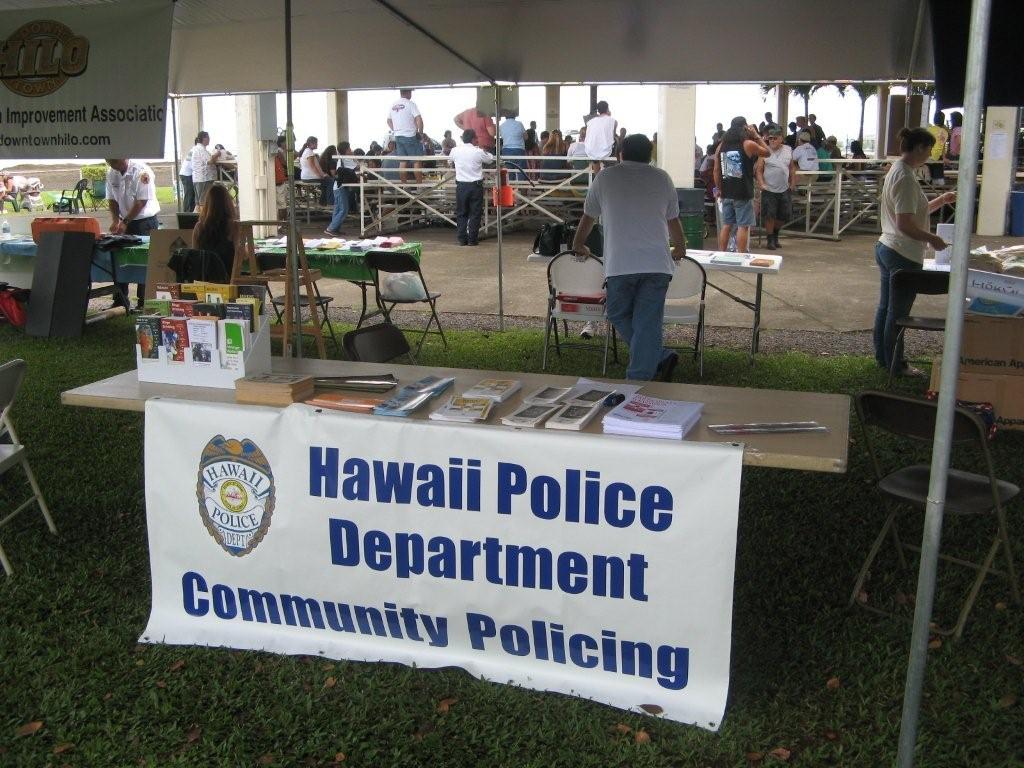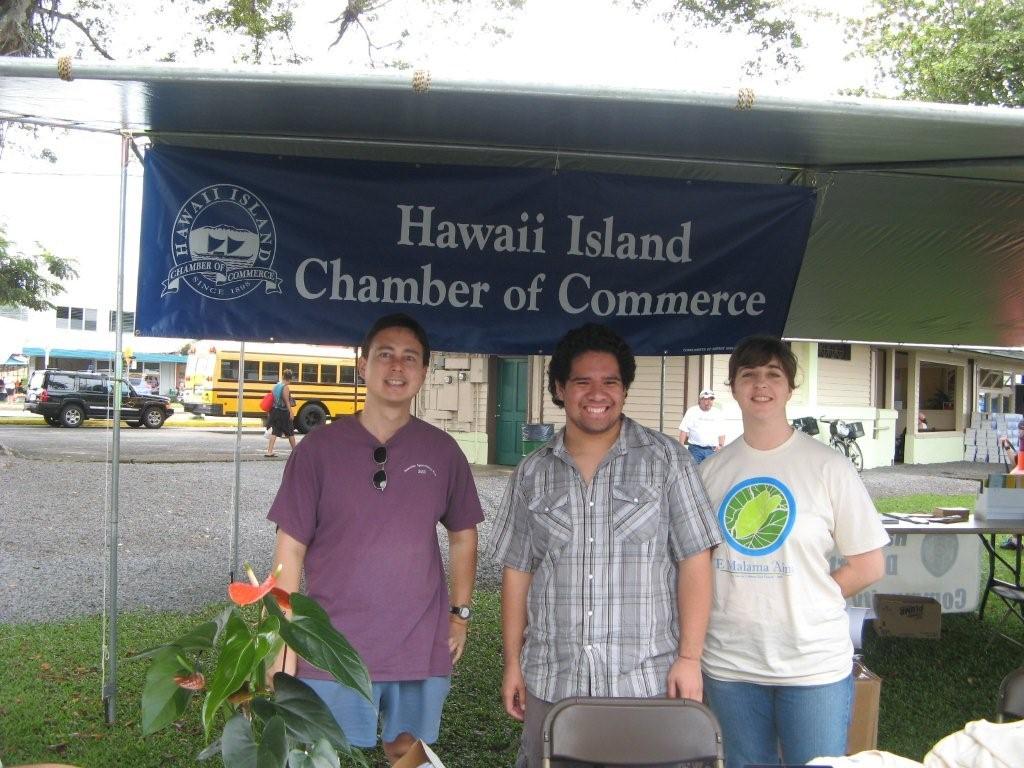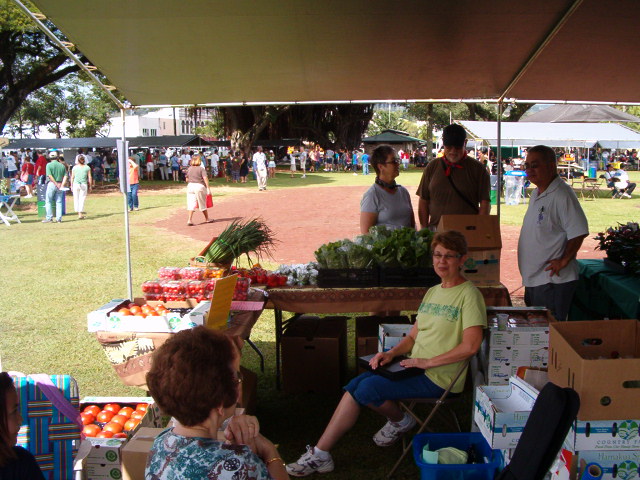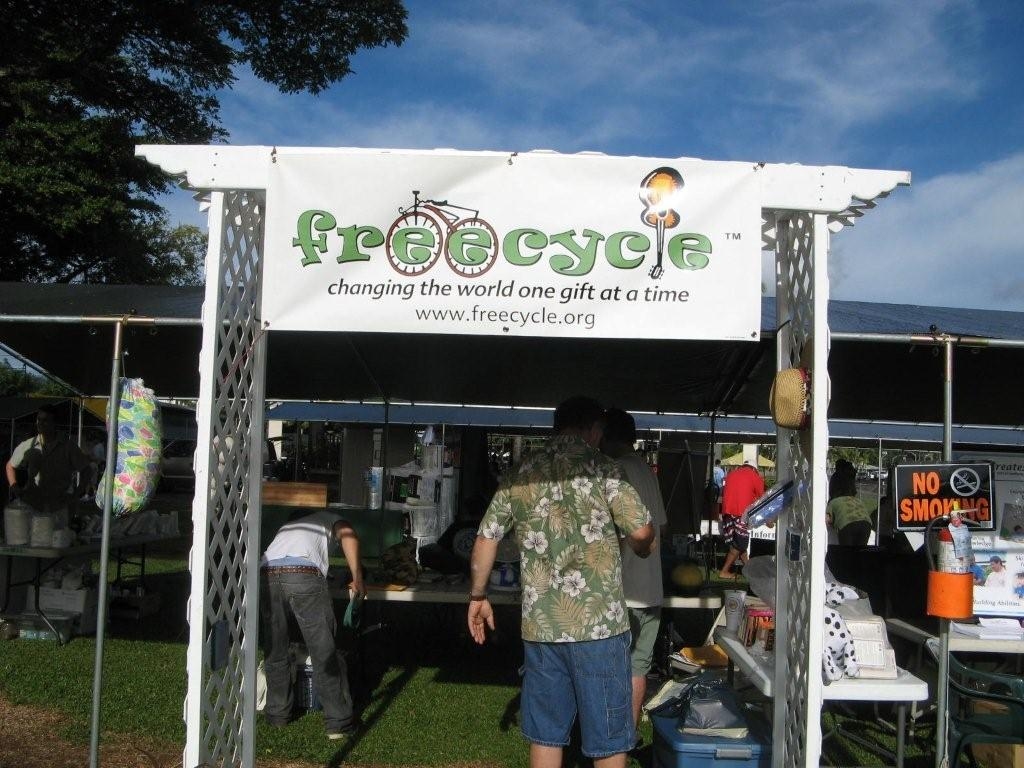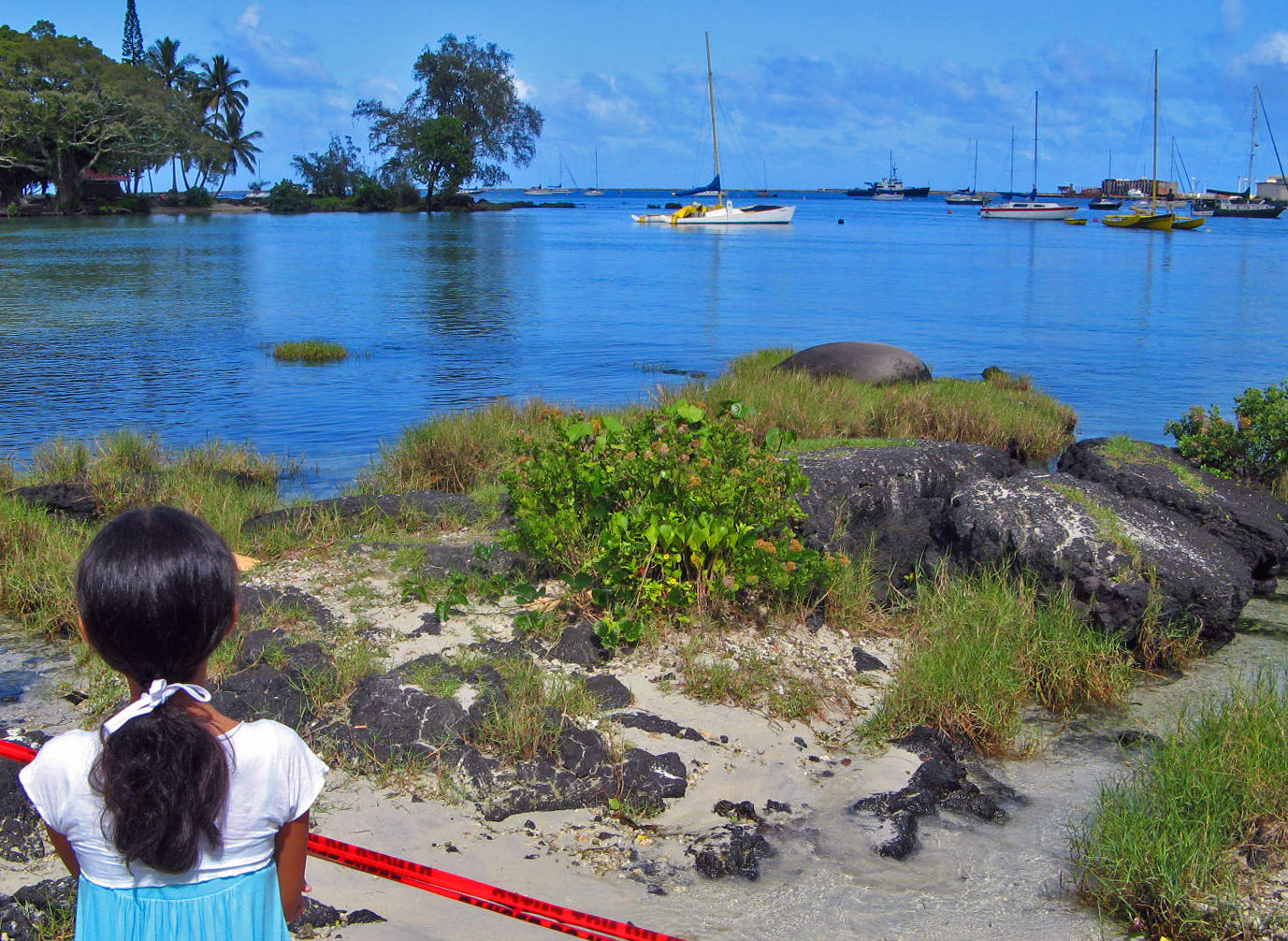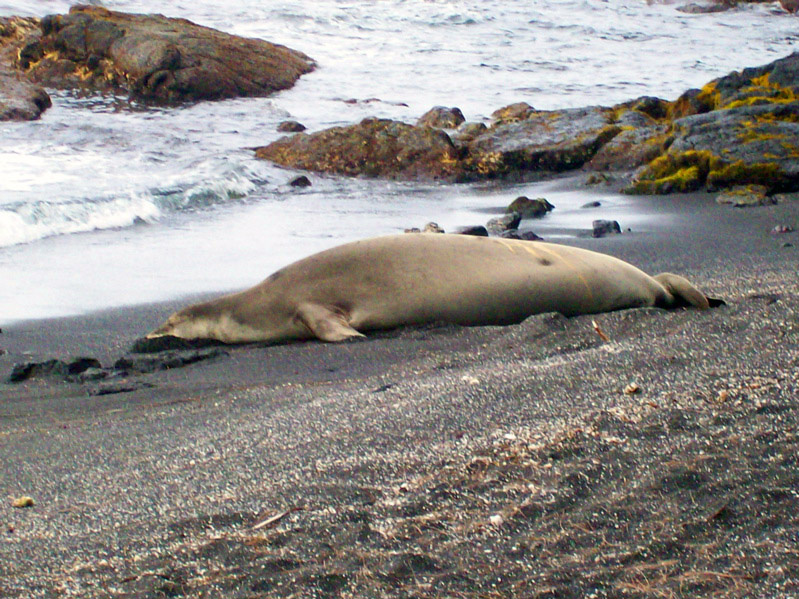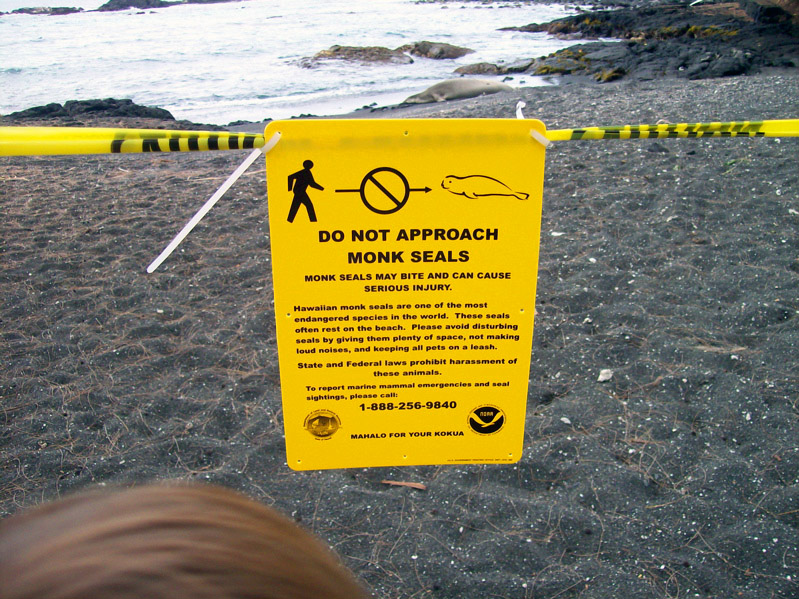I sat on a panel discussion yesterday at the Hawaii Energy Challenge 2008, which was held at the Fairmont Orchid at Waikoloa.
Derek Kurisu of KTA Superstores and I were there representing the topic of Food Security. Steve Bowles represented Water Security; Tony Hanley, Matson’s Director of Sales and Marketing, Ocean Freight; Nani Lee, Executive Director of the Food Basket, Social Services; Peter R. Ingram, who is Executive Vice President of Hawaiian Airlines, Business, & Randy Perreira, Executive Director of HGEA, Unions.
It was very easy and conversational, though the subject was serious. We talked about how the new energy agreement with the state, HEI and the Consumer Advocate would impact our sectors. The panelists all recognized that current, low oil prices are temporary, and that we need to act now for the benefit of future generations.
I told them the Farm Bureau is in crisis management this month because many farmers are going out of business due to rising energy costs this past year. I told them it’s not rocket science. “If farmers make money, farmers will farm.”
I also talked about how we were able to get a renewable energy farm loan bill passed this last session of the legislature. Energy projects are mostly infrastructure, and financing with cheap money is very attractive to farmers. There’s no fertilizing, pruning or harvesting – you just build it and make and/or save money. Its objective, I explained, is to help farmers make a little money so they can be competitive with imported products. This, I said, might help us with future food security. “If the farmer makes money, the farmer will farm.”
Nani Lee of the Food Basket told us that the number of clients served by the Food Basket has increased from 18,000 a month last year to close to 36,000 a month now. I mentioned that we were able to donate thousands of pounds of bananas before the recession; but now we are not able to.
She went on to ask if everyone understands what “Malama ‘Aina” meant. She talked about how Hawaiians look at things with a long-term perspective. They consider many generations from the present.
I told the audience that I agreed with Nani – that we must have a long-term perspective. And to that end, we must make sure that agriculture is included in any energy plan that is developed. I told them a person can avoid using a utility, but we cannot do without food. So it is paramount that we include food when we plan for the future.
It felt good being part of a group trying to do what is best for future generations. Everyone interacted for the greater good.
It was quite a contrast with the Comprehensive Management Plan meeting held at Keaukaha Elementary School the other night. There, the people were angry and distrustful of the University of Hawai‘i. One cursed the children of the Hawaiian moderator. Another said she was going to be a certain researcher’s worse nightmare. Another just swore at the UH people.
I try to understand how people can feel so abused that they would do those kinds of things to their brothers and sisters. And I still don’t understand it.
By contrast, the people at yesterday’s meeting, where there were a fair number of Hawaiians in the audience, were happy to share what they know. I enjoyed this conference where everyone seemed to be moving, together, down the road to the future.
But still, I imagine that the people who were so passionate against the University of Hawai‘i the other night could have absolutely made a difference in this important forum yesterday. Their weight and passion would have had a major impact.

